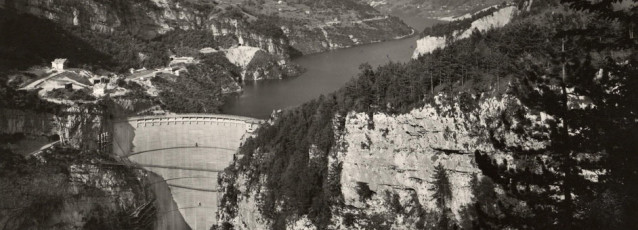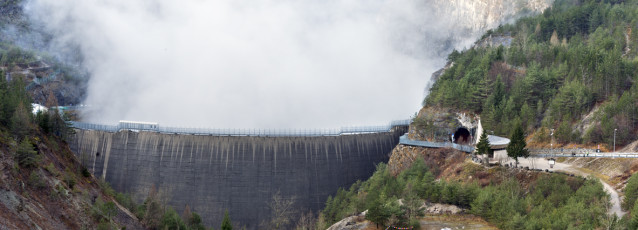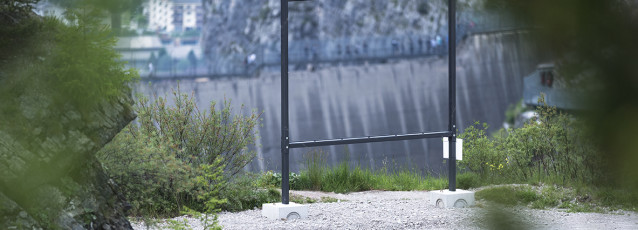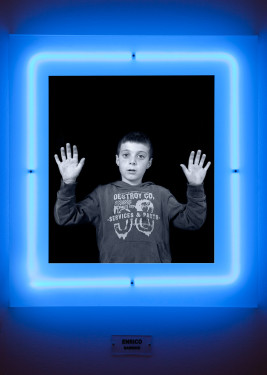The Exhibition “Ritratti” (Portraits) by Monica Biancardi opens today at Museo di Roma in Trastevere.
Here can be found also the faces and the hands of some of the people of Casso, portrayed by the artist during her period of residence at Dolomiti Contemporanee (summer 2014), when she worked at her own project for the international artistic contest two calls for vajont.
Here you can find more information about the exhibition.
in the photo: Enrico
14/07/2015
On 18th July, at 5 pm at the Nuovo Spazio di Casso, the results of Twocalls will be presented to the public.
During the event there will also be the opening of twocalls, la forma delle idee (twocalls, the shape of ideas, in English), where a selection of the finalist projects will be exhibited.
19/05/2015
The Twocalls Contest entered its second phase. Lots of projects have been submitted in the latest days of the first phase, kept the Evaluation Committee busy longer than expected.
The Jury will nominate the winners in June.
Here a video, realized with the event Vajont 2015 – Progetti, held on 2 May in Casso, in which some members of the Jury, participants, inhabitants of the Vajont area, intertwine their opinions and ideas on the meaning of Twocalls regarding the history of Vajont and of its territory.
12/05/2015
On April the 30th the first phase of the International Artistic Contest Two Calls for Vajont, launched in June 2014 by Dolomiti Contemporanee drew to a close.
The Contest was conceived as an open platform of reflection on the territory of the Vajont and on its terrible history (October the 9th 1963), and as an opportunity to rethink, through the production of a series of renovating images, the landscape and some of the main symbols of that history today, transforming them from still objects-memories of the tragedy into active and shared “construction sites” of the mind and spirit.

















